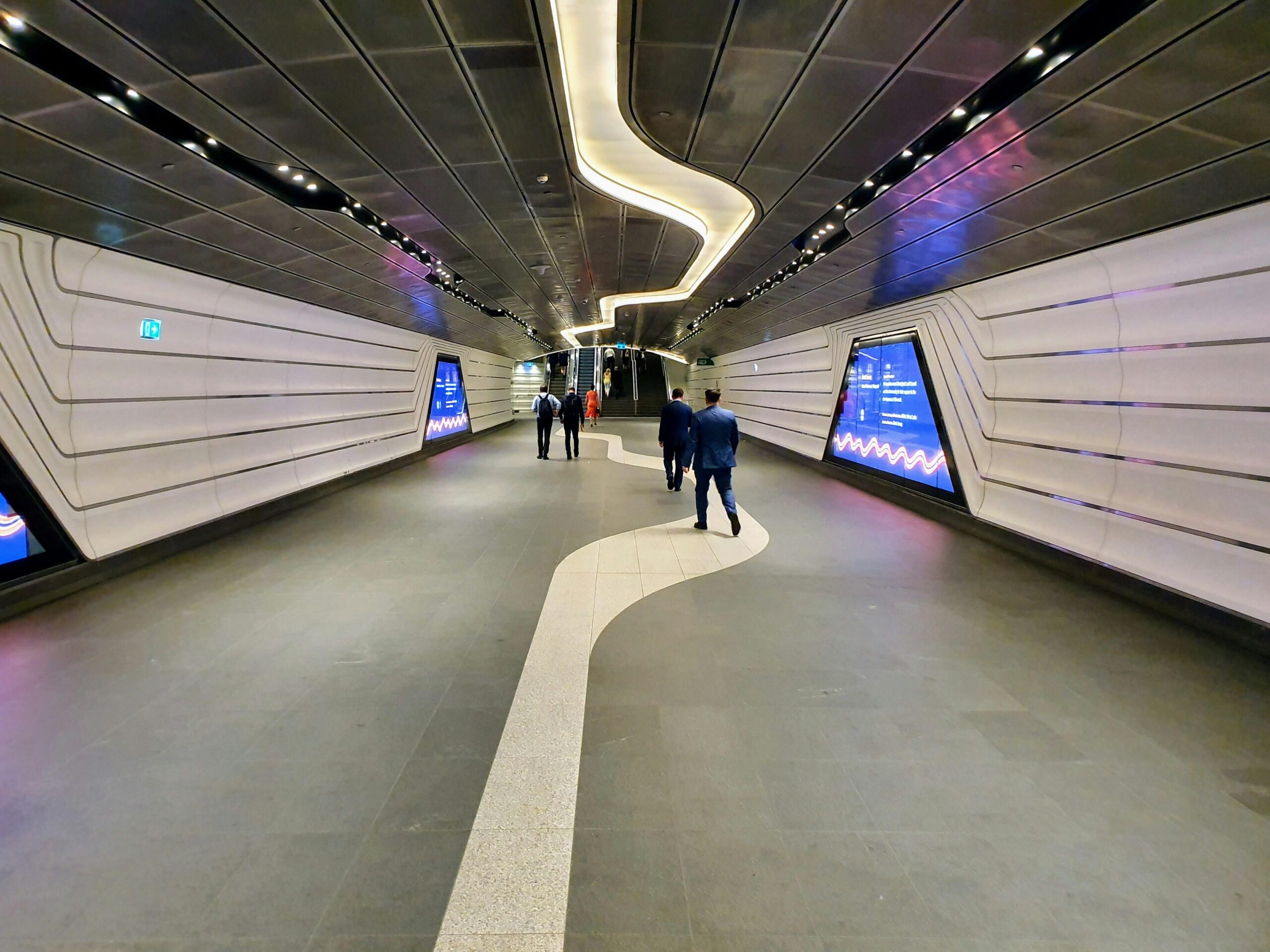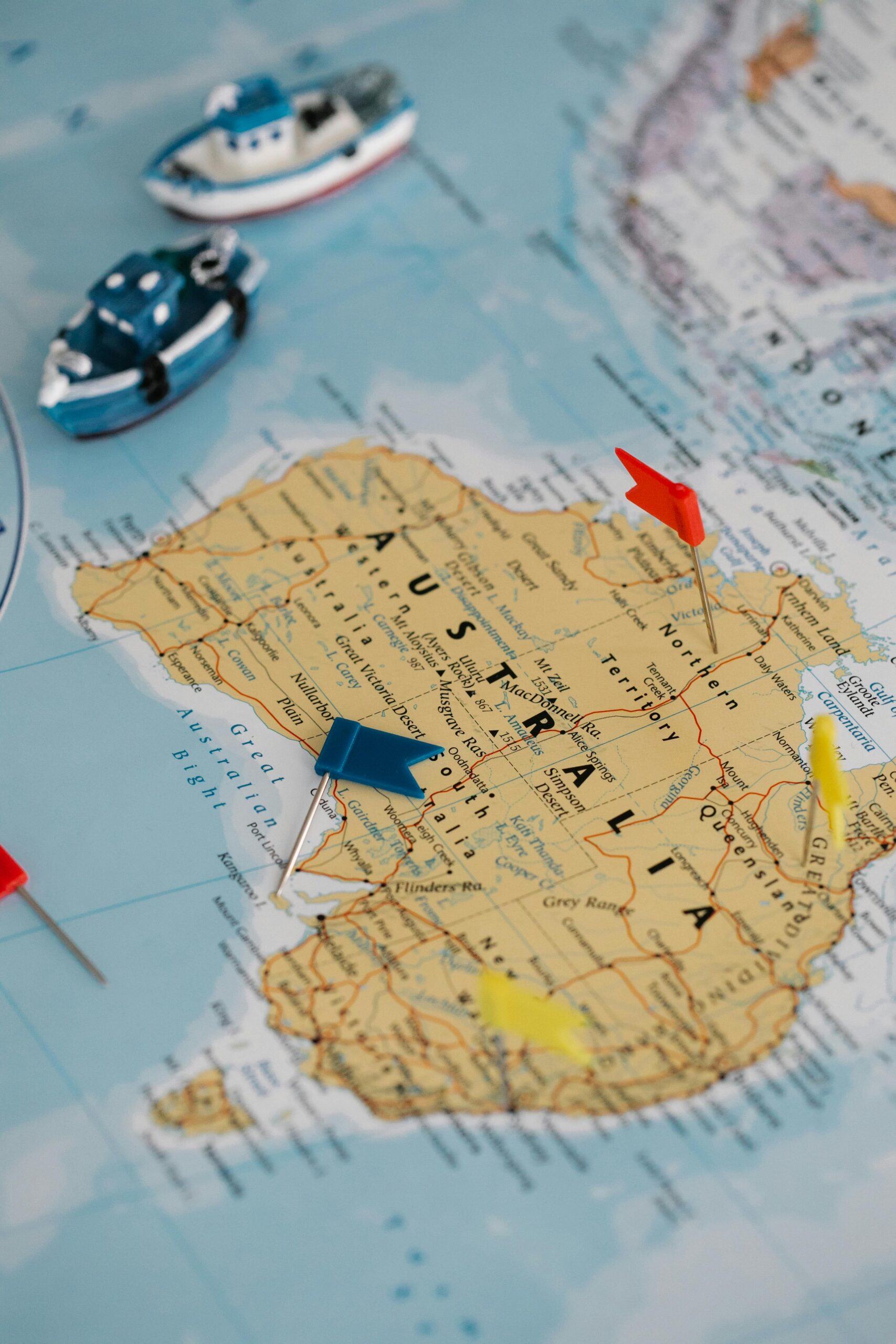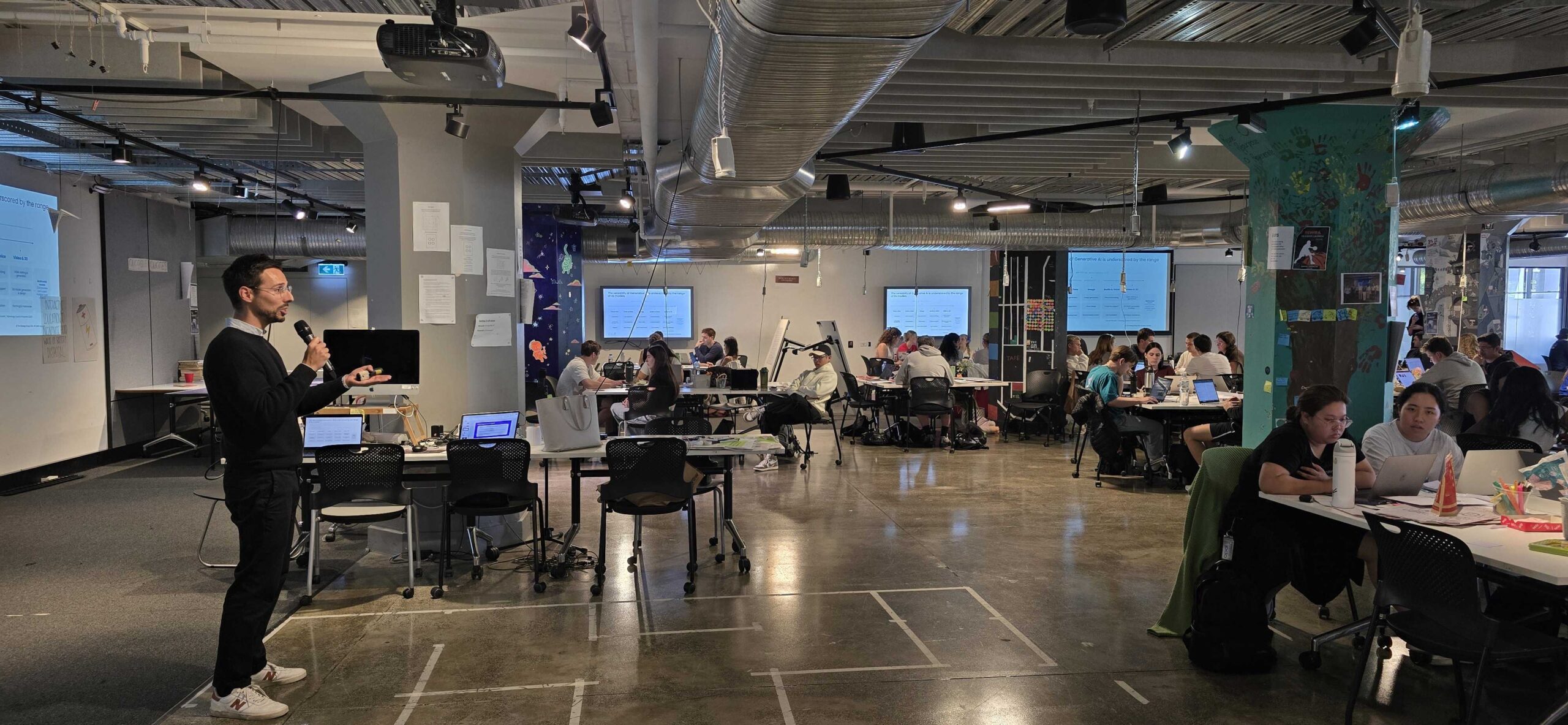During dinner with a Canadian friend last week I remarked that the Australian retail sector was bracing itself for a shake-up when Amazon comes to town later in the year. His response was one of incredulity that we Aussies don’t already enjoy the now widely expected standards of first world e-commerce life.
“You guys don’t already have Amazon here?!”.
“Well”, I said, “technically we do, but we pay international shipping fees and endure international delivery times and so we don’t have the Amazon experience – the same-day delivery and seamless customer service.”
We are in the fastest-moving period of human progress in history – driven in large part by rapid technological change.
I went on to explain that Australians typically waited a few business days to receive online purchases from Aussie retailers. Some companies use those few business days just to get your product from the warehouse to the truck.
In short, e-commerce customer experience in Australia is relatively poor.
Consequently, at least in part, Australians are conservative online shoppers compared to the rest of the world. KPMG’s 2017 Global Online Consumer Report found only 35 per cent of Australians made their last online purchase from an online-only retailer compared to 50 per cent globally.
We’re clearly yet to experience the type of slick e-commerce that makes consumers think online shopping is as reliable as offline.
Overtaking leading chains
By contrast, significant parts of the rest of the world have grown accustomed to the giant digital department store where you never see a face, never enter physical premises, and are guaranteed delivery at your doorstep before the sun sets.

Amazon now accounts for one quarter of total retail sales growth in the US, and half of all US online sales.
It is the second largest retailer of consumer electronics globally (after Best Buy) and is set to overtake leading chains Saks, Macy’s and Nordstrom (whose earnings have all tanked) to become the largest apparel retailer in the US.
Amazon’s Prime Now offers one and two-hour deliveries in key markets.
In Seattle Amazon is testing a new store concept – Amazon Go – that lets customers walk in, take what they need, and walk out without seeing a register, queue or staff member.
In the US Prime Now accounted for 13 per cent of Christmas sales, and shoppers could make purchases up to 9pm on Christmas Eve and still be guaranteed delivery before the following morning.
Last month, Amazon delivered it’s first package by drone (popcorn!) that arrived 13 minutes after being ordered.
Also in Seattle Amazon is testing a new store concept – Amazon Go – that lets customers walk in, take what they need, and walk out without seeing a register, queue or staff member.
Customers tap their smartphone as they walk in, which connects them to the store’s network and their Amazon account through an app. It uses sensors, AI and leading machine-learning tech to track what is taken – then bills the Amazon account as they leave.
Right to be anxious
So, yes, Aussie retailers are right to be anxious. Industry expert and former top US retail executive Steve Odland sums it up nicely: “Bricks and mortar retailers are heading for a slow-moving train wreck.”
And he doesn’t mean just Australian retailers. In the US, leading department stores Macy’s, Sears and Kmart have all announced widespread job cuts and store closures after poor Christmas sales. Iconic Macy’s will slash 10,000 jobs and close 100 stores.
Let’s not downplay the significance of this trend and its imminent impact on our $222 billion retail market.
Amazon’s plans to enter the Australian market have garnered widespread coverage in mainstream news media in recent months but the e-commerce giant is tight-lipped on the details of its Australia rollout plan.
Speculation is high, but most commentators predict a two-year rollout commencing with one or two key services like Prime Now and Amazon Web Services, before scaling to include Amazon Fresh online followed by Fresh bricks and mortar stores.
The long and staged lead time to full-blown Amazon new market penetration is a familiar strategy for Amazon and one it can afford to execute – bleeding cash for a year or two before shoring up a solid customer base by offering significant discounts and investing heavily in data-driven customer insights.
The long lead time is also a blessing for Australian retailers who now have an opportunity to Amazon-proof their business. And that’s exactly what leading retailers are doing. But what does that actually look like, you ask?
First, smart businesses will invest heavily in deeply understanding their customers.
Not just knowing who their customers are and what they like to buy, but really seeing the world through their eyes and empathising with their pains and jobs to be done.
In doing so retailers buy themselves an opportunity to redesign product and service offerings to more elegantly and comprehensively meet or exceed customer expectations and cement loyalty.
It’s pretty simple – if you understand your customers’ world better than your competitors do, you can design and offer new things that excite them better than anyone else.
Rapid technological change
This applies equally to products and services, to public and private organisations, large and small.
Second, smart businesses will invest in upgrading their online experience. Aussie retailers that continue to offer three-to-five-day delivery waiting periods when Amazon will deliver it on the same day will struggle to compete.
Customers expect every new experience to meet or exceed their last best experience (who can stand the taxi experience after enjoying Uber?).
So, even if we don’t really need that appliance delivered today, that is the service level we will come to expect.
One of the challenges for incumbent leading retailers who are doing well is the tendency to think “let’s not fix what isn’t broken”. It’s an understandable position, but an unsustainable one.
We are in the fastest-moving period of human progress in history – driven in large part by rapid technological change.
The thinking and approaches that got us to where we are today won’t solve the problems of tomorrow.
Globally, leading companies intrinsically understand this. They are relentlessly proactive about staying ahead of their customers’ expectations. They act before the distant disruptive threats become imminent ones (think about what happened to Kodak).
So the message is: the time to invest is now.
First published in the Australian Financial Review.












